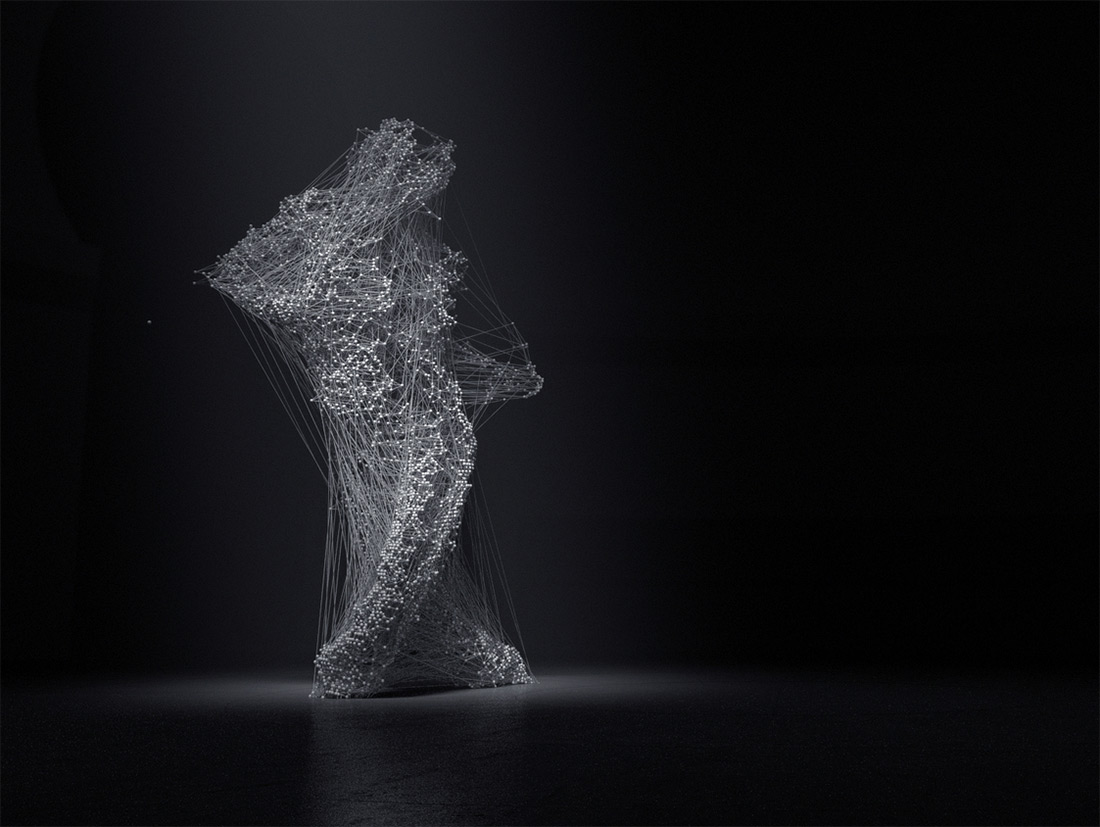Code Poetry and the Production of Minor Architectures in Coded Environments

With the Internet of Things and the popularisation of AI, our living environments are becoming coded environments: every singularity is inscribed in its digital fabric. These informational media are “containers of possibility” (Durham Peters, 2016), shaping what’s possible and what’s not (to do, to build or even to imagine). As architectural production becomes information management and coding, its outcomes are not buildings, but environmental “containers of possibility”.
Poetry, as a practice inhabiting the borders between inscription and embodied existence, has a long relation with the realm of the possible. Hence, its long-standing relation with architecture. Today, code poetry, a practice in which inscription and coding become deeply entangled, can help us reconsider architecture in the informational surrounds.
As Jill Stoner (2012) showed literature’s role in thinking minor architecture, certain poetic practices, eg. code poetry, can be thought as well as a means for minor architecture —the production of collective political practices that use a major language in a minor way. Code poetry unsettles, not merely existing coding languages, but the computational framework of our coded environments and its semiotic strategies of spatial production.
In this contribution, we will briefly introduce the field of code poetry from the first digital poets of the 1960s to the most recent interventions. Then, we will expose and analyze the physicality of the coded inscription through the work of Spanish poet María Salgado on visual poetry (2021). This material or tactile quality of the coded inscription will allow us to introduce and theorise the spatial dimension of code. Finally, we will apply it to the understanding of the minor architecture production linked to the work of the School for Poetic Computation in New York.
Paper Presented at the EAHN Conference 2022 in Madrid.
Panel on «Poetry Designing Architecture: A Global Exploration of Structures Arising from Poetry», chaired by Adedoyin Teriba
[Image: as·phyx·i·a by Maria Takeuchi, 2015]